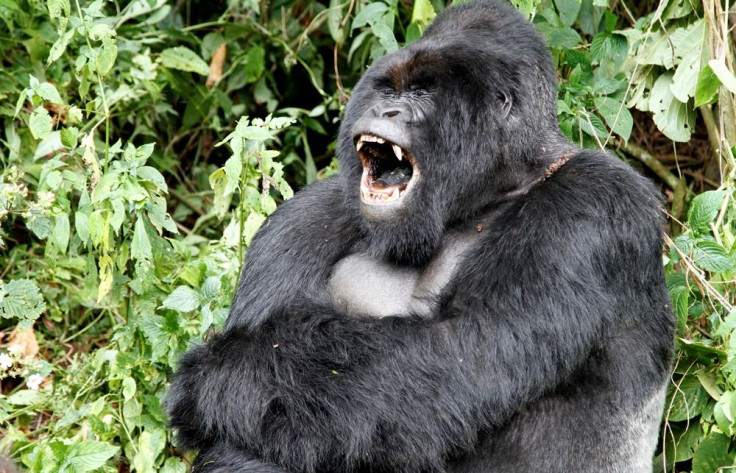Gigantopithecus, Asia's ‘King Kong,' died due to climate change

The biggest ape to roam the Earth went extinct 100,000 years ago because the species was not able to adapt to just consuming savannah grass after climate change hit its favoured diet of forest fruit, according to scientists. Weighing five times as much as an adult man and standing up to three metres tall, Gigantopithecus, the closest nature ever came to producing a real King Kong, was still not invincible enough to survive drastic climate changes.
The species lived in semi-tropical forests in southern China and mainland Southeast Asia. Scientists say that the Gigantopithecus was the closest modern cousin of orangutans. Experts around the world did not know why the animal went extinct. In fact, when fossils were discovered in the 1930s, the Gigantopithecus’ teeth were sold as dragon’s teeth in Hong Kong.
Almost nothing was known about the animal’s anatomical shape or habit until German scientists believe that they have made a breakthrough after conducting new studies on the enamel of teeth found in Thailand and China. Hervé Bocherens, professor at the Centre for Human Evolution and Palaeoenvironment (HEP) at the University of Tübingen, said that the giant was a strict vegetarian that lived in the forests. As the Earth got struck by a massive ice age during the Pleistocene Epoch 2.6 million to 12,000 years ago, the Gigantopithecus’ diet dwindled.
“Due to its size, Gigantopithecus presumably depended on a large amount of food,” Bocherens said. “When more and more forested areas turned into savannah landscapes, there was simply an insufficient food supply.”
However, other apes and early humans in Africa survived the transition by switching their diets to eat the leaves, roots and grass grown in their new environment, Phys.org reports. The Gigantopethicus lacked the physiological ability and ecological flexibility to resist stress and food shortage. Other experts, most notably Grover Krantz, suggested that the Gigantopithecus may have survived and migrated from Asia over the Bering straits.
Still, most scientists agree that no one can tell how the giant ape might have survived the changing world. Climate change centuries ago was also to be blamed for the disappearance of many large animals from Asia.





















